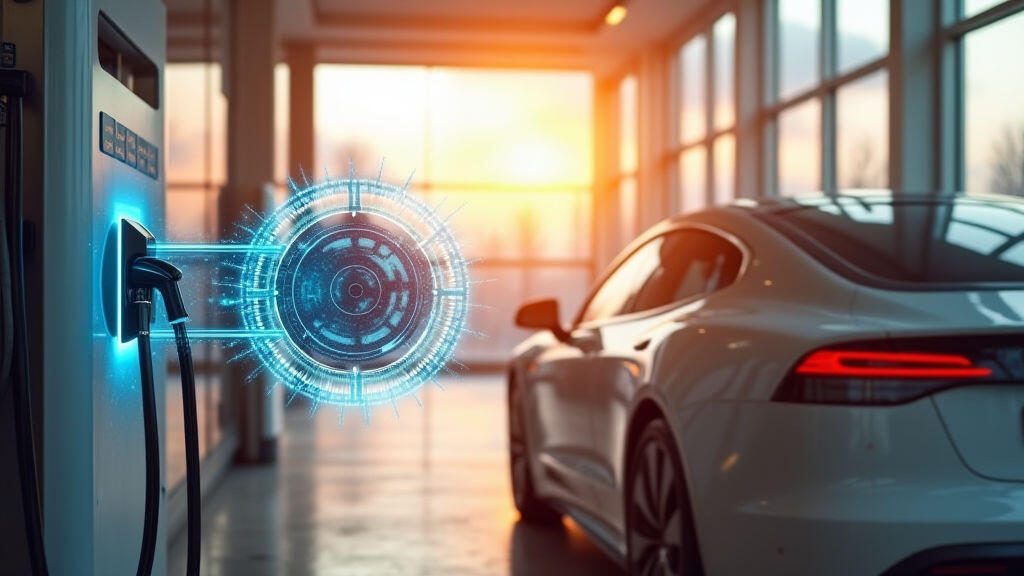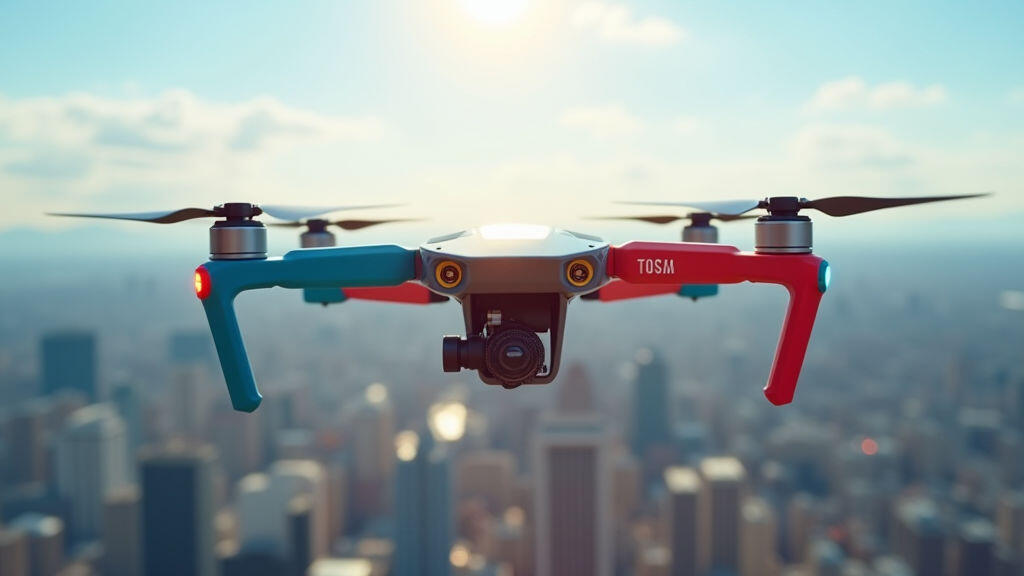Anjing Road, Xiaolan, Zhongshan, Guangdong, China
info@mes-drive.com
08.00 AM-09.00 PM

When electric vehicle (EV) sales hit record highs in 2024, analysts predicted that the next decade will be dominated by battery‑powered mobility. From city buses swapping gasoline for lithium-ion packs to micro‑ventures offering electric cargo scooters, the sector is witnessing an unprecedented surge in demand for reliable and efficient motion mechanisms. At the heart of these innovations lies the humble gear motor – or reducer motor – a component that quietly transforms motor torque into the smooth, low‑speed power required by modern EVs. This article explores how gear motors are serving as the backbone of the EV revolution, driving technological breakthroughs, meeting massive market demand, and shaping the future of the automotive industry.
Unlike conventional automotive drives that use high‑speed electric motors coupled to gearboxes, most electric cars employ single‑stage gear motors that already incorporate a gear reduction within the motor housing. This compact design reduces weight, enhances efficiency, and eliminates the need for an external gearbox – a major engineering win for designers striving for minimalism and high performance.
In EVs, reducing the mechanical losses of the drivetrain directly translates into longer driving ranges. A gear motor’s ability to provide high torque at low rotational speeds without sacrificing speed allows battery power to be delivered to wheels more efficiently. Consequently, manufacturers can achieve better energy management, offering consumers longer trips on a single charge—a critical factor for market adoption.

Recent breakthroughs in battery chemistry—especially the development of high‑density solid‑state cells—promise remarkable gains in payload capacity and thermal stability. However, these advances require complementary drivetrain upgrades to convert the high‑current outputs into usable vehicle motion. Gear motors are uniquely positioned to address this need due to their high current handling capability and compact magnetic design.
Industrial control systems now use micro‑controllers that enable real‑time torque feedback, allowing gear motors to adjust dynamically to power boosts demanded by solid‑state packs. This synergy ensures smooth acceleration while preventing overheating, thereby protecting both the battery and the motor.
Alongside passenger vehicles, the rise of electric delivery drones and micromobility devices has further amplified the requirement for robust gear motors. These agile devices rely on motors that can deliver high torque in small frames. As drones begin to carry heavier payloads for e‑commerce deliveries, the drive units must combine power density with reliability.
Gear motors designed with lightweight composite materials and precision‑machined gears reduce the overall system mass, allowing drones to achieve longer flight times. The ability to integrate directly into the motor assembly also simplifies assembly lines, accelerating production rates. This raises a key opportunity: manufacturers of gear motors can now tap into multiple fast‑growing product lines—electric cars, delivery drones, and personal transport devices—maximizing return on investment.

Motor efficiencies are the linchpin of a vehicle’s overall energy consumption. By driving efficiencies of up to 95%, modern gear motors cut energy usage, which in turn lowers operating costs for fleet operators. A recent study by the International Energy Agency showed that for every 1% improvement in drivetrain efficiency, the total cost of ownership of electric vehicles can decrease by 2–3%.
Additionally, gear motors can be built using recyclable alloys and reduce the carbon footprint of the production process. Manufacturers that adopt advanced manufacturing techniques—such as 3D printing of gear housings—further reduce waste, aligning with the ESG goals now central to global capital markets.
Looking ahead, the integration of artificial intelligence with gear motors heralds a new era of autonomous vehicles. AI algorithms analyze road conditions, driver behavior, and battery health in real time, sending precise torque commands to gear motors to ensure safe and efficient propulsion.
This level of control enables eco‑driving modes that automatically modulate acceleration for fuel savings, enhancing the overall sustainability of each vehicle. As governments introduce stricter emissions regulations, the demand for AI‑driven gear motors will only intensify.
The fact that EV sales topped all expectations in 2024 and that drone delivery services are expanding at a staggering rate underscores the crucial role of gear motors in this new mobility paradigm. By providing compact, high‑torque, energy‑efficient solutions, gear motors elevate the performance of passenger cars, delivery drones, and micromobility devices alike.
With continued advancements in battery chemistry, AI control, and lightweight materials, the demand for gear motors is poised to grow exponentially. For industry stakeholders—whether automotive OEMs, drone manufacturers, or micromobility startups—the gear motor remains the cornerstone component that will determine not only the performance of tomorrow’s vehicles but also the pace at which the world can transition to a cleaner, smarter, and more sustainable transportation future.
Leave A Reply
Your email address will not be published. Required fiels are marked